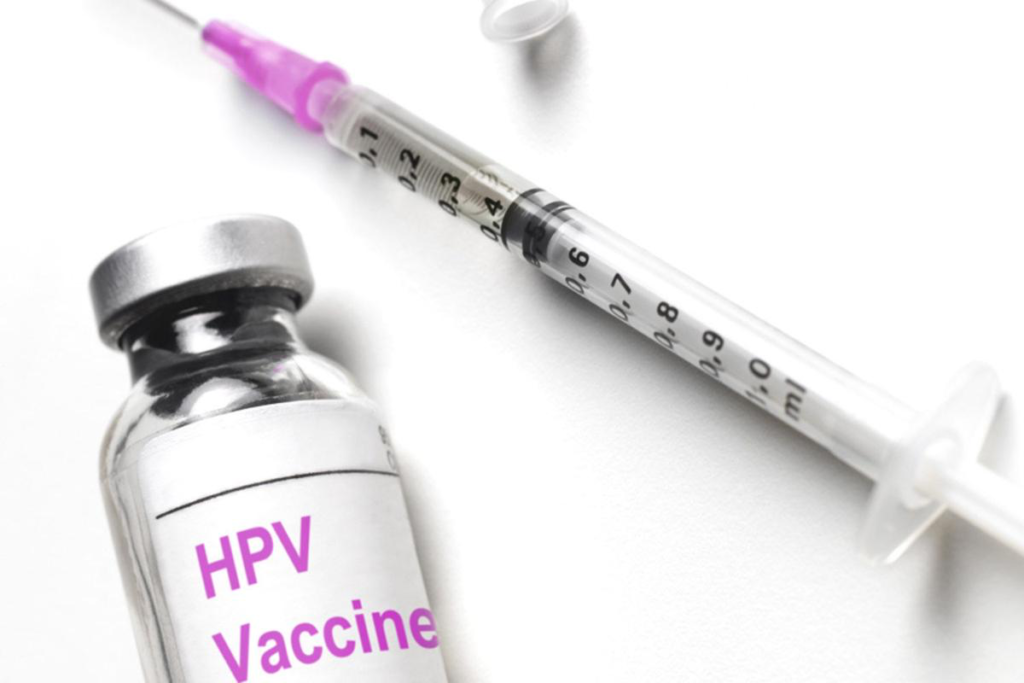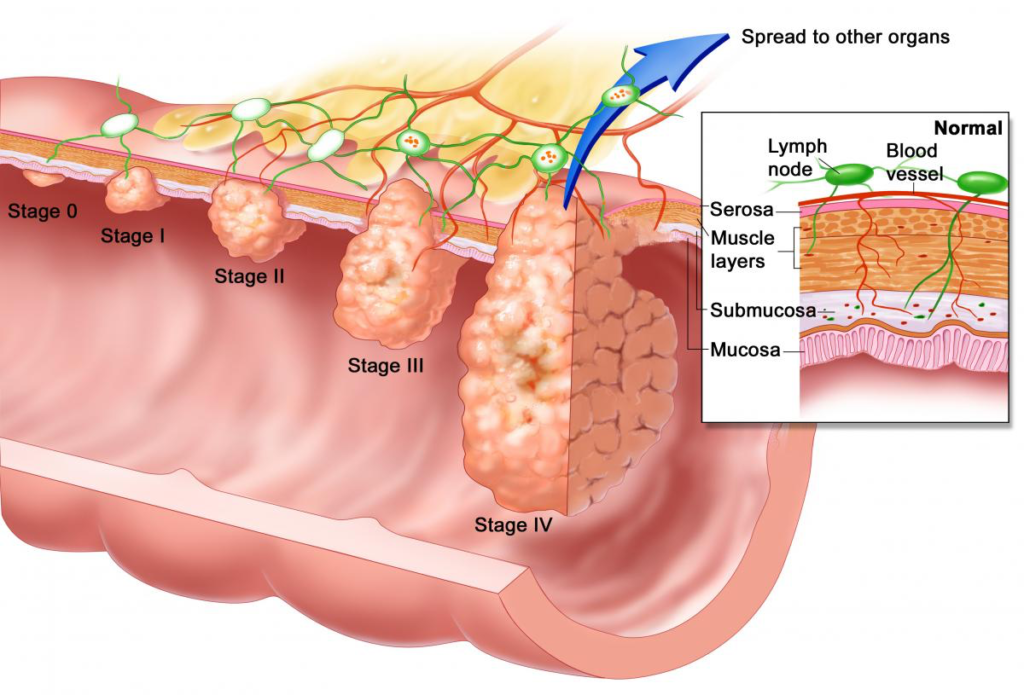
Cancer is a condition in which mutated cells in the body grow and multiply out of control. Penile cancer is when the mutated cells occur in the tissue of the penis. Anal cancer occurs when the mutated cells occur in the tissue of the anus.For anal cancer, there is an estimated 8,080 new cases in the United States in 2016. In which 5,160 are women and 2,292 are men. The risk of being diagnosed with anal cancer in one’s lifetime is about 1 in 500.3 There is a relationship between people having Human Papillomavirus and then developing anal and penile cancer but that is not the only way that people develop anal and penile cancer. Anal cancer is sometimes confused with colon cancer due to its close proximity in the body but colon cancer is much more prevalent than anal cancer. When found early, anal cancer is highly treatable.
Table of Contents
Relationship Between Human Papillomavirus(HPV) and Anal/Penile Cancer

For most men infected with human papillomavirus (HPV), no symptoms or health complications will ever occur. Some men, however, will develop genital warts, while others may have more serious complications such as penile cancer or anal cancer. It is important to realize that the HPV strains that cause genital warts are different from the HPV strains responsible for penile and anal cancers. Penile cancer is a rare disease and, according to the Center for Disease Control and Prevention (CDC), only 1 in every 100,000 men is affected by this form of cancer. Anal cancer is also uncommon; it should be noted, however, that gay and bisexual men are seventeen times more likely to develop HPV-related anal cancer than heterosexual men.1
Signs and Symptoms

Both anal and penile cancer can be asymptomatic. The symptoms listed below could be caused by conditions other than cancer such as hemorrhoids, anal fissures, or anal warts.2 If you are experiencing any of the symptoms listed below, we advise that you discuss it with your doctor.
Anal Cancer
- Anal discharge
- Itchy anus
- A lump around the anal opening
- Pain in the anal area
- Narrowed sphincter that cause small feces during bowel movements
- Enlargement of lymph nodes around the anal or groin areas
If you are experiencing any of the symptoms listed above, we advise that you discuss it with your doctor.3

Penile Cancer
- A change in color or thickness of skin around the shaft or gland of the penis
- An unusual lump on the shaft or gland of penis
- Appearance of an ulcer
- A reddish rash on the shaft of the penis
- An unpleasant odor discharge under the foreskin
- Edema under the foreskin
If you are experiencing any of the symptoms listed above, we advise that you discuss it with your doctor.2
Diagnosis/Screening

Penile cancer and anal cancer can both be detected early with routine screenings. Screenings can detect any abnormal growths in the rectal area for detection of anal cancer and detect any abnormalities in the penis area for penile cancer. It is always ideal to detect cancer as early as possible.
Anal Cancer

- Digital Rectal Examination – A doctor or a nurse will insert a lubricated, gloved finger into the anus to feel for any lumps
- Anoscopy – A proctoscope (lighted tube) is used to examine the rectum
- Endorectal ultrasound – A probe (ultrasound device) is inserted into the anus to determine the stage of anal cancer if present.
- Biopsy – Cells or tissues are removed from the body to be further examined under a microscope
While the four methods discussed above are the most common screening procedures, you should consult with a doctor to determine which screening method is best for you.6
Penile Cancer
- Fine needle aspiration – is a form of biopsy (cells or tissues are removed from the body) using a fine needle
- Physical examination – is when the doctor checks for abnormalities in the penis
While the two methods discussed above are the most common screening procedures, you should consult with a doctor to determine which screening method is best for you.7
Treatment
There are different types of treatment available for anal and penile cancer.
- Radiation therapy – Uses high-energy x-ray to kill cancer cells
- Chemotherapy – Uses drugs to stop the growth of cells
- Surgery – Removes the tumor through a surgical operation
Each person should have a conversation with their doctor to discuss which treatment plan is most suitable for their situation.
Sex and Penile or Anal Cancer
During treatment for penile or anal cancer, there may be a decrease in libido due to pain or discomfort during sex. It is crucial to have good communication and be supportive in this situation.
References:
1. Center for Disease Control. “Sexually Transmitted Diseases.” Centers for Disease Control and Prevention. Centers for Disease Control and Prevention, 09 Mar. 2016
2. American Cancer Society. “Signs and Symptoms of Penile Cancer.” Signs and Symptoms of Penile Cancer. American Cancer Society, 20 Mar. 2015.
3. American Cancer Society. “Signs and Symptoms of Anal Cancer.” Signs and Symptoms of Anal Cancer. American Cancer Society, 20 Jan. 2016. Web.
4. American Cancer Association. “Penile Cancer: Risk Factors and Prevention | Cancer.Net.” Cancer.Net. American Cancer Society, 25 June 2012.
5. American Cancer Association. “What Are the Risk Factors for Anal Cancer?” What Are the Risk Factors for Anal Cancer? American Cancer Society, 20 Jan. 2016.
6. National Institute of Cancer. “Anal Cancer Treatment.” National Cancer Institute. National Cancer Institute, 12 May 2015.
7. Columbia University. “Penile Cancer Screening and Diagnosis.” Department of Urology. N.p., 15 Sept. 2015
Last Updated: 13 May 2016
